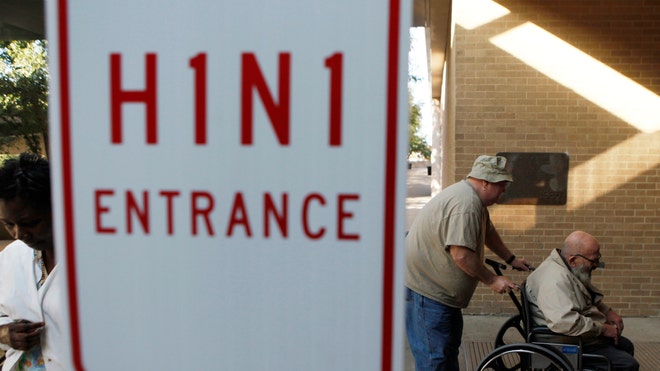
More than 2.7 million Americans are currently infected with liver-damaging hepatitis C, federal officials say, and one expert believes that number could be even higher.
These individuals are at much higher risk for liver disease, liver cancer and other chronic health issues, experts note. And although there are treatments available that can rid the body of the virus, many Americans remain unaware that they are even infected, according to researchers from the U.S. Centers for Disease Control and Prevention.
The long-term consequences of not diagnosing and treating hepatitis C are dire: Experts say more people in the United States now die from infection with hepatitis C than from HIV, the virus that causes AIDS.
The new survey of U.S. households, which took place between 2003 and 2010, found the number of people living with hepatitis C has actually fallen by 500,000 since 2000. The researchers cautioned, however, that the number might only be the result of more people in an aging population dying from the infection.
In addition to estimating how many people in the United States are living with hepatitis C, the researchers also investigated risk factors for the virus. The risk factors they identified are the same as those identified in previous years, including intravenous drug use and receiving a blood transfusion before 1992.
One expert said the CDC survey might be missing even more infected people, however.
“Millions of U.S. residents are infected with chronic hepatitis C,” said Dr. David Bernstein, chief of the division of hepatology at North Shore University Hospital in Manhasset, N.Y. “[But] our methods of estimating the true prevalence of the disease is flawed. All [federal government] reports underestimate the true prevalence of hepatitis C infection as they do not include the homeless or the incarcerated — two large populations with a high prevalence of hepatitis C infection.”
The survey, published March 3 in the journal Annals of Internal Medicine, also showed that only about half of those infected with hepatitis C reported having one of the major risk factors for infection. So screening patients based only on their transfusion history or intravenous drug use might not help spot those living with the condition, the researchers said.
Because Baby Boomers are six times more likely to be infected with hepatitis C, the CDC now recommends one-time screening for those born between 1945 and 1965.
In the meantime, the advent of powerful new medications that can rid the body of hepatitis C gives room for optimism, another expert said.
“There is an ongoing, exciting sea change in the management of hepatitis C,” said Dr. Peter Malet, director of the Center for Liver Diseases at Winthrop University Hospital in Mineola, N.Y. “Two new oral medications — sofosbuvir and simeprevir — were recently approved for treatment and several more are expected to be approved in 2015.”
“With expanded identification of patients with hepatitis C and easier to tolerate, more effective treatment, the illness and death from chronic hepatitis C can be sharply curtailed in the near future,” Malet said.
Source: webmd


